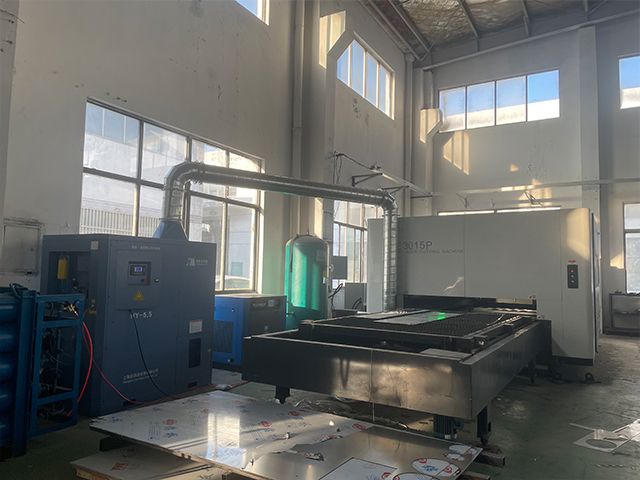Welding Method for Bag Filter
The bag filter, also known as a baghouse filter or fabric filter, is a type of air pollution control device that removes particulate matter from exhaust gases. The filter bags, which are made of fabric, trap the particles as the gas passes through them. In certain applications, welding may be required to install, repair, or modify the bag filter system. Here is a brief overview of the welding method for bag filter applications.
Material Selection:
The welding process begins with the selection of the appropriate welding material. The choice of material depends on the type of fabric used in the filter bags and the welding requirements. Common materials include stainless steel, galvanized steel, and carbon steel.
It's essential to ensure that the welding material is compatible with the filter material to avoid any adverse reactions or damage to the filter bags.
Preparation:
Before welding, the area to be welded must be thoroughly cleaned to remove any dirt, debris, or grease. This ensures a clean and reliable weld.
The filter bags should be removed from the bag filter housing to protect them from potential heat damage during welding.

Welding Technique:
The specific welding technique used depends on the material and the welding requirements. MIG (Metal Inert Gas) welding, TIG (Tungsten Inert Gas) welding, or spot welding may be employed.
MIG welding is a commonly used technique for welding steel components in bag filter applications. It involves using a continuous wire electrode fed through a welding gun and an inert gas shield to protect the weld from contamination.
TIG welding is a more precise technique that uses a non-consumable tungsten electrode and an inert gas shield. It's often used for welding thin or delicate materials.
Spot welding involves applying pressure and an electric current to create localized welds. It's commonly used for joining sheet metal components.
Post-Welding Inspection:
After welding is complete, a thorough inspection should be conducted to ensure the quality of the welds. Any imperfections, such as cracks, porosity, or undercuts, should be addressed promptly.
The filter bags should be reinstalled in the bag filter housing, and the system should be tested to ensure proper functioning.
Safety Considerations:
During the welding process, it's crucial to follow all safety guidelines and wear the appropriate protective equipment, such as welding helmets, gloves, and aprons.
Ensure that the work area is well ventilated to minimize the risk of inhaling harmful fumes.
Avoid welding near flammable materials or sources of ignition to prevent fires or explosions.
In summary, the welding method for bag filter applications involves careful material selection, preparation, welding technique, post-welding inspection, and adherence to safety guidelines. By following these steps, reliable and durable welds can be achieved, ensuring the efficient and safe operation of the bag filter system.